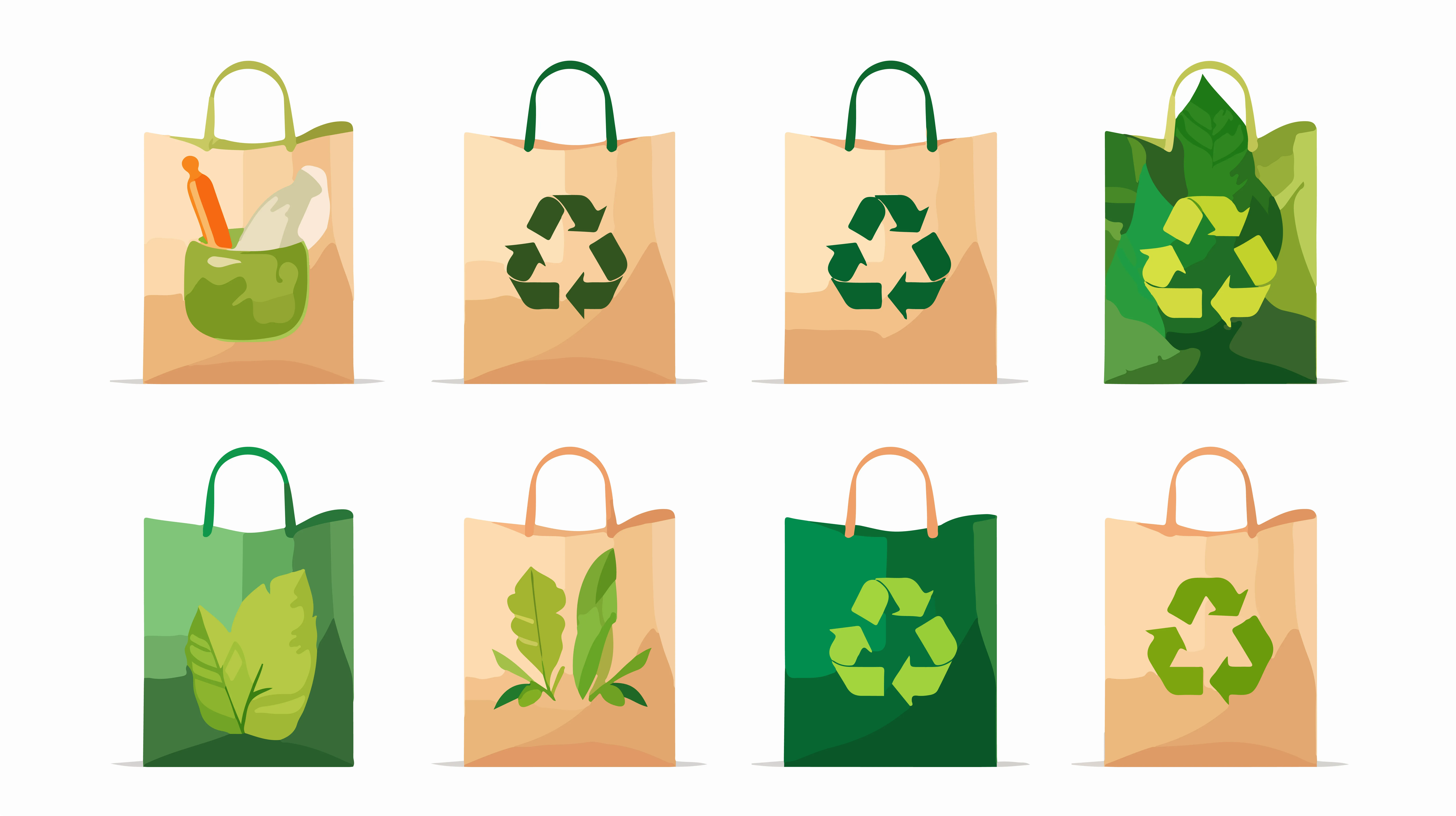Secondary packaging is essential to the pharmaceutical sector because it protects the product and ensures patient safety, regulatory compliance, and effective distribution. To preserve the efficacy and purity of pharmaceutical items, secondary packaging must overcome a number of obstacles despite their significance. We'll examine these issues and provide possible fixes in this blog. To that end, World BI organizes conferences that bring together suppliers and manufacturers, enabling them to choose the best partner to meet the right partner for their packaging and labelling needs.
Challenges in Secondary Packaging:
Regulatory Compliance:
- The Food and Drug Administration (FDA), the European Medicines Agency (EMA), and the World Health Organization (WHO) are just a few of the national and international organizations that have established stringent guidelines for pharmaceutical packaging.
- As these rules change frequently, businesses must remain current and adhere to them. Product recalls, fines, and reputational harm are all possible outcomes of failure.
Counterfeiting:
- The pharmaceutical sector has a serious problem with counterfeiting, which puts patient safety at serious risk.
- Fake medications damage the reputation of real ones and might be dangerous or ineffectual.
- According to estimates from the World Health Organization, up to 10% of medications in low- and middle-income nations are fake.
Supply Chain Complexity:
- Manufacturers, distributors, and retailers are only a few of the many parties involved in the extremely complicated pharmaceutical supply chain.
- Resilient packaging solutions that can tolerate a range of handling and climatic conditions are necessary to guarantee the safe and effective transportation of goods along this chain.
Environmental Issues:
- Pharmaceutical firms are coming under more and more pressure to lessen the environmental effect of their packaging as environmental sustainability becomes more important.
- Using less non-recyclable material, cutting down on packaging waste, and enhancing sustainability all fall under this category.
Product Protection:
- Secondary packaging needs to shield pharmaceuticals from environmental elements such moisture, light, and temperature changes that can cause physical injury, contamination, and deterioration.
- There is a fine line between providing sufficient protection and not over packaging.

Patient Convenience and Security:
- The end user must be considered while designing packaging, making sure that it is simple to open, operate, and comprehend.
- For older patients or patients with impairments who might find complex packaging difficult to use, this is especially crucial.
Cost Management:
- Cost management is a continuous struggle to strike a balance between quality, cost, and compliance.
- In order to save packaging expenses without sacrificing efficacy, safety, or compliance, businesses must discover solutions.
Solutions to Overcome These Challenges:
Maintaining Current Regulations:
- Pharmaceutical businesses should hire specialized regulatory affairs teams or consultants to help them negotiate the complicated regulatory environment.
- These professionals can guarantee compliance and stay up to date on developments.
- Ensuring accurate and current paperwork and streamlining regulatory procedures are two benefits of putting strong quality management systems (QMS) into place.
Implementing Anti-Counterfeit Measures:
Innovative technologies can aid in the fight against counterfeiting. These consist of:
- Serialization is the process of giving each product unit a unique identifying identifier so that it can be tracked and traced across the supply chain.
- Tamper-evident elements that indicate if the packing has been compromised are frequently incorporated into secondary packaging.
- Security inks and holograms: Use cutting-edge printing methods that are challenging to duplicate.
- Real-time tracking and verification are made possible by the integration of Radio Frequency Identification (RFID) or Near Field Communication (NFC) tags into packaging.
Optimizing Supply Chain Management:
Companies may handle the supply chain's complexity by:
- Cooperate with Logistics Partners: Make sure logistics companies are aware of the particular needs for pharmaceutical items by working closely with them.
- Use Tools to Increase Supply Chain Visibility: Monitor and control the whole supply chain using cutting-edge tools to guarantee transparency and prompt resolution of any problems.
- Whenever feasible, standardized package formats may lower expenses and streamline operations.
Enhancing Environmental Stability:
Some examples of sustainable packaging options are:
- Eco-Friendly Materials: Making use of recyclable, compostable, or biodegradable materials.
- Packaging Optimization: is the process of creating packaging with less material usage without sacrificing security.
- Life Cycle Assessment (LCA): Performing LCA research to determine areas for improvement and comprehend the environmental effect of packaging.
Ensuring Product Protection:
To guarantee that goods have sufficient protection:
- Selecting Materials: Choose products that provide the required oxygen, light, and moisture barriers.
- Test the Packaging: thoroughly to make sure it can survive environmental factors and physical strain.
- Evident Tampering Features: To ensure product integrity, provide elements that show whether the package has been tampered with.
Designing for Patient Safety & Usability:
To create packaging that is easy to use:
- Clear Labelling: Make sure labels have clear usage instructions and are simple to read.
- Ergonomic Design: The goal of Ergonomic design is to create packaging that is simple to open, particularly for patients who have poor dexterity.
- Packaging that is Child-Resistant: Use characteristics that are not too difficult for older patients to open while also preventing youngsters from accidentally ingesting the product.
Budget Friendly Packaging Options:
To strike a balance between pricing and quality:
- Reduce waste and boost efficiency by putting lean manufacturing ideas into practice.
- Cooperation with Suppliers: Examine cost-effective materials and technologies and work closely with suppliers to obtain lower costs.
- Investing in automation can lower labor costs and increase packing process uniformity.
Case Studies:

Case Study 1:
- Johnson & Johnson's Sustainable Packaging Initiative is the first case study.
- In addition to switching to recyclable materials and working with suppliers for sustainable sourcing, Johnson & Johnson cut their consumption of plastic by 10%.
- This preserved product safety and compliance while resulting in financial savings and a lessened environmental effect.
Case Study 2:
- Pfizer's Strategy to Combat Counterfeiting: To stop counterfeiting, Pfizer used consumer education, holographic seals, and serialization.
- This approach improved patient safety and decreased the number of fake goods.
World BI Pharma Packaging & Labelling Forum, 2025:
Environmental problems, counterfeiting, and regulatory compliance are some of the issues that the pharmaceutical business encounters with secondary packaging. Regulation adherence, anti-counterfeiting measures, supply chain optimization, sustainability initiatives, strong product protection, patient-friendly design, and economical solutions are some of the answers. To overcome these obstacles and guarantee patient safety, creativity and teamwork are essential.
Exclusive gatherings are organized by the Pharma Packaging and Labelling Conference, which provides a platform for distinguished executives, Heads and Vice Presidents (VPs) from different companies to come together with the common goal of promoting worldwide knowledge. Give us a call, message or email at World BI.
We look forward to assisting with all of your packaging & labelling needs.